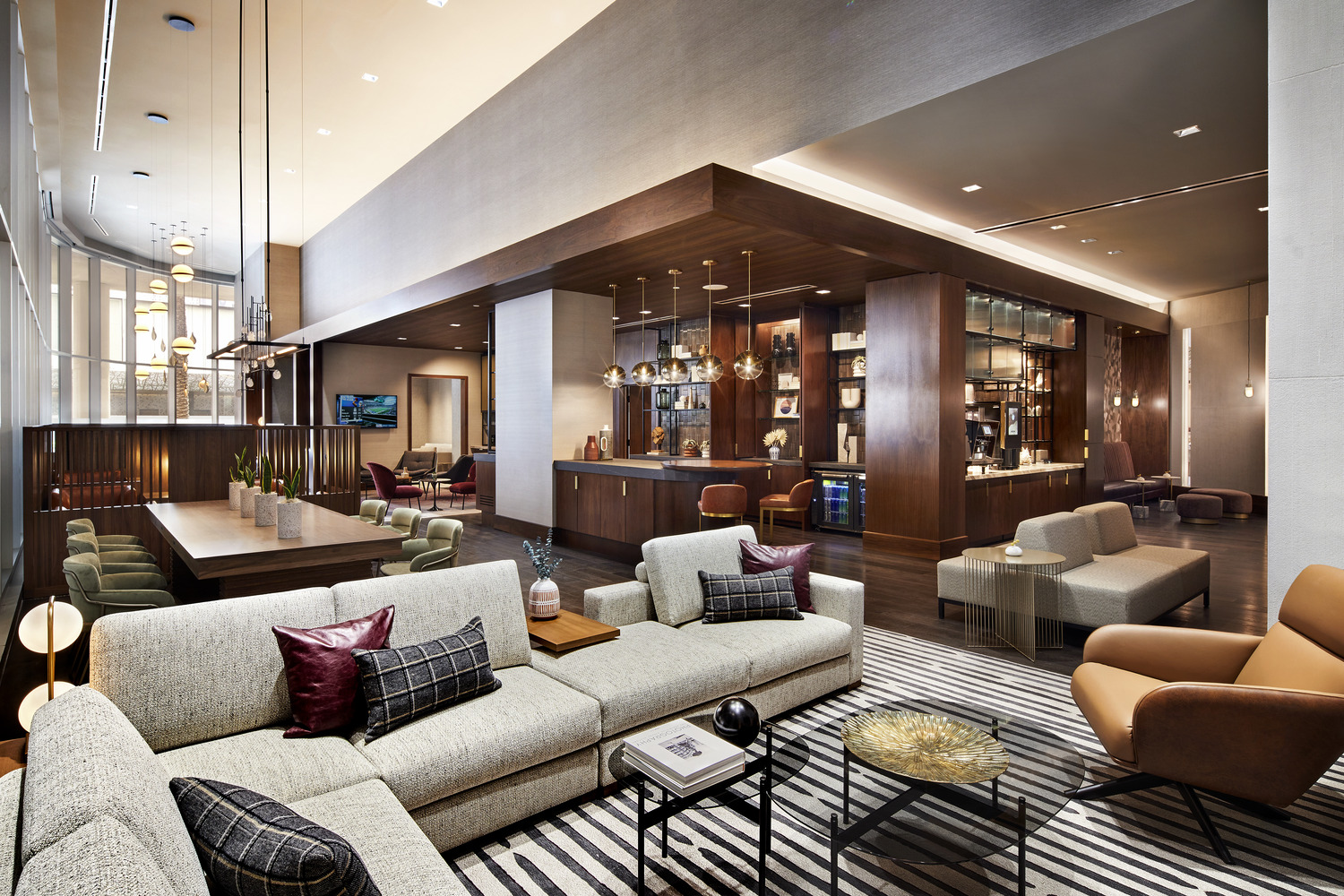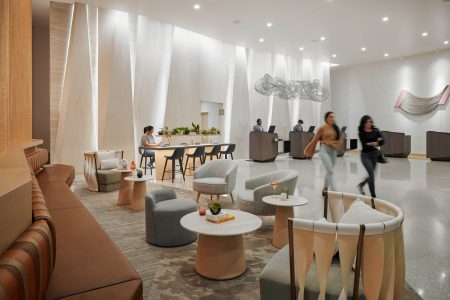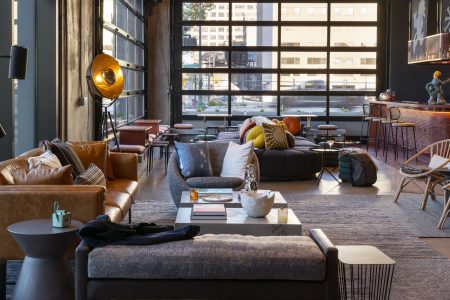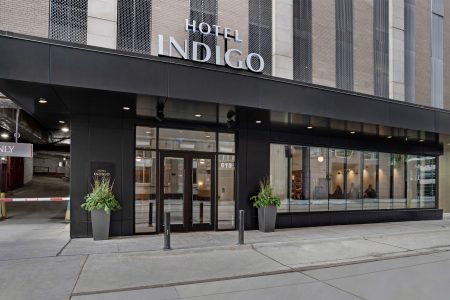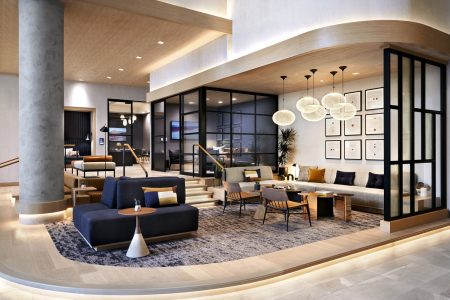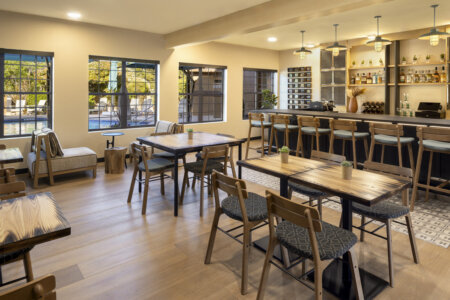Hospitality Food & Beverage Trends Driving the Guest Experience
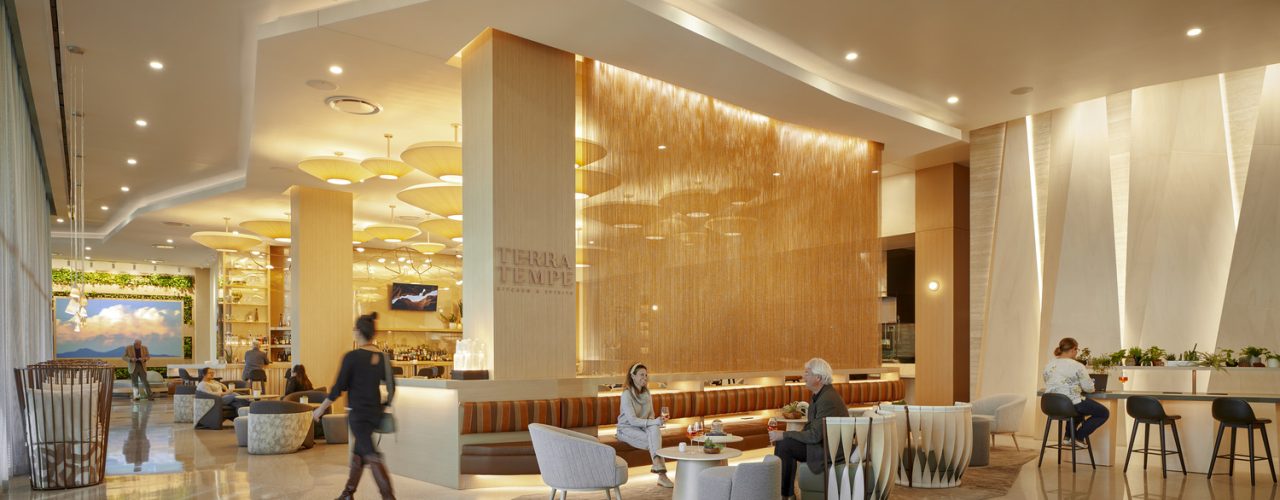
RSP’s Erin Yi and Joe Ellis discuss five of the biggest hospitality food and beverage trends influencing hotel design.
In spite of all that has befallen it—a global pandemic, a volatile economy, an obtuse and often chaotic transit mechanism—the hospitality industry moved onward and upward over the last two years. One of its brightest spots has been an evolving and advancing food and beverage (F&B) component. While it has always been a significant slice of the revenue pie, F&B has emerged as the defining factor of the guest experience. Sure, the guestroom experience matters, but you would be hard-pressed to find anything that tops the nightly appearance (and weekend matinees) of a rockstar chef. Especially if that name (and the quality of the food) brings in the locals. Ditto for any cocktail bar that manages to plug into the after-work social Zeitgeist.
Here are five F&B trends we’re keeping an eye on as we start looking at 2024.
Embrace the Hyper in Hyper-Local
The Farm-to-Fork movement has been around for at least two decades. But it is only just starting to enter the hotel world with any degree of impact. It comes with something of a twist, of course. As guests seek out unique and authentic experiences, not to mention their heightened appetites for quality (which doesn’t always translate as expensive) dining, hotel restaurants are highlighting local culture, history and cuisine. This often means partnering with local vendors and suppliers, offering locally sourced ingredients, and providing tours and activities that showcase an area’s unique attributes.
While the localvore trend has been focused on food, we can’t forget small-batch spirits, craft beer and wine. We’re starting to see the rise of micro-breweries and craft distilleries that bring a hyper-local vibe. And it makes sense. Though a smaller segment than food, beverage sales are growing at a faster pace. More importantly, while food sales might typically account for 60 to 70 percent of gross revenue, the beverage category often accounts for 80 percent or more of gross profit dollars. Even sponsored or event-based programs—wine or whiskey tastings, for example—can heighten the experience while adding to the bottom line.
What this means is that a lobby cocktail “zone” has become just as (if not more) important than the restaurant. So don’t be surprised if the next hotel you check into is attached to an operational brewery or offers an on-site distillery serving up bespoke beverages you can’t find anywhere else.
Getting Personal
“Personalization” has replaced “authenticity” as the most significant design influencer across the sector. Yes, guests want the reliability and standards of a national chain. They just don’t want it to be a generic experience. Thanks to a host of factors, personal data harvesting chief among them, guests expect tailored experiences that cater to their individual preferences and needs. Hotels and restaurants are using data analytics and AI to collect and analyze guest data, allowing them to tailor their services and offerings to individuals. This poses a range of operational challenges, but it also creates a more memorable and enjoyable experience for the guest.
While American consumers are growing more diligent about their personal data, several recent surveys suggest that a growing number see the benefit of sharing the information if it is rewarded with personalized offers and elevated service. IHG Hotels & Resorts found that 78% of the travelers they surveyed were more likely to book with properties that offer personalized experiences. A full 50% were willing to share the personal data necessary to promote an individualized stay.
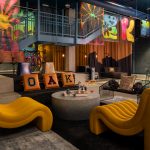
Biophilia
Biophilic design promotes well-being through a tangible connection with the natural world. Obviously, this means more than adding plants to the lobby. Rather, it involves creating spaces that deliver benefits for both human health and the environment by nurturing people’s innate affinity for nature and creating harmony with the built environment. Done adeptly, biophilic design has been shown to work wonders, from improving air quality to boosting guest well-being and satisfaction.
Green design has only expanded its influence in hospitality and shows no signs of fading. Biophilia is an important part of that. HotelTechReport sourced a study that found 81% of travelers were planning to choose a sustainable accommodation option in the coming year. Biophilic elements also increase hotel lobby dwell time, with 36% of guests spending time in the space compared to 25% in conventional hotel lobbies.
Restaurants offer the ideal opportunity to introduce biophilia into the guest experience. Simple but impactful elements like an on-site herb garden, hydroponic setups or a rooftop bar can make a big difference.
Design Matters
Call it the Instagram Effect, but design continues to be one of the primary differentiators and influencers of decision-making, especially when it comes to F&B. Guests take great pride in staying somewhere with a strong design vibe, even if it isn’t a boutique-style hotel. Restaurants offer a rich stage to up the ante.
We are baking in “Instagrammable spaces” by working with a local artist or using amenities and non-traditional spaces like co-working areas or even restrooms, as a platform for design.
the Office Away from Home
Remote work isn’t going anywhere. And people are getting creative. “Working from home” is now “working from anywhere.” “Bleisure travel,” (also known as “mullet travel” in some circles) is another way technology and new workplace norms have made it possible to combine business and leisure trips, and it is changing the way we think about space. Professionals are increasingly adding weekends or weeks-long vacations into extended work trips, whether alone, with partners, or as families. Hotels have to allow digital nomads to work remotely, hold meetings and, well, grab a bite to eat. So why not combine some of that into a single space?
Hotels and F&B venues should take this trend as an opportunity to adapt their offering and meet the needs and preferences of this emerging segment. Flexibility is key: a communal work table during the day transforms into a private dining space in the evening. And, of course, plenty of outlets, high-speed connectivity, meeting spaces and great coffee are just a few starting points. As travel demand increases, “bleisure travel” will likely continue gaining traction and become even more prevalent.
